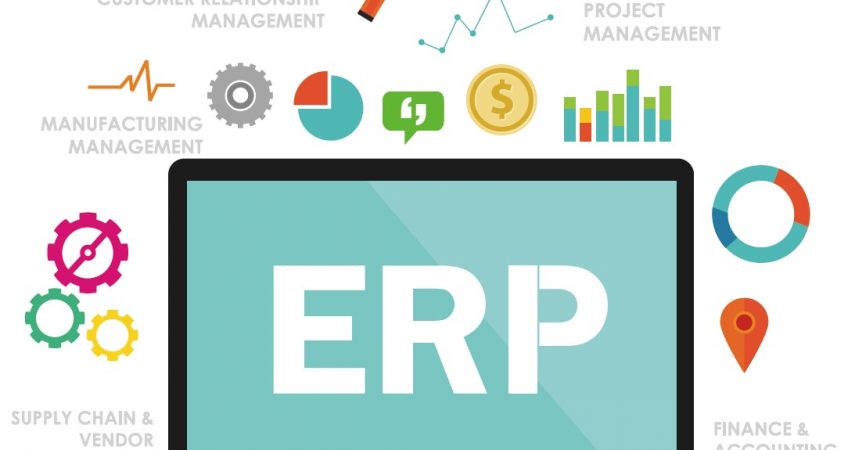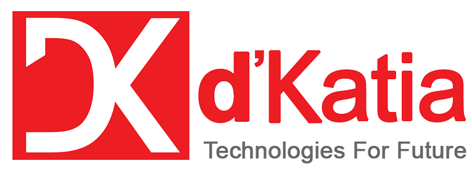
The Transformative Power of the ERP Systems
“It is not the strongest of the species that survives, nor the most intelligent but it’s the one that is the most adaptable to changeâ€- Charles Darwin
The Newspaper Industry continues to thrive in the Indian market even as digital platforms have witnessed exponential growth. This is in stark contrast to the major media markets across the globe. In addition to the spurt in literacy rate and disposable incomes, experts are of the notion that as along as the ownership of the major companies in this industry are in the hands of political and religious organizations, the industry would continue to exist. The newspaper industry valued at ₹325 billion in 2017 is predicted to grow to ₹431.1 billion in 4 years.
Business Overview
Although the newspaper industry has adapted technology in its core business, there exists a gap in the integration of functional units in the business system. The media houses employ direct and indirect reporters, who report the happenings on a regional, national and international basis. The reports are then edited & uploaded to the CMS(Content Management System). After categorizing the content, the Ad Management System optimizes page layout to include advertisements along with the content.Â
Existing Systems
Currently there are various systems to monitor and predict different modules in the media industry. Predictive Analytic systems help log the existing production and purchase details. Based on the existing data systems can analyse historical and seasonal trends and predict the purchase patterns of consumers. The industry can leverage this insight and optimize production rates based on predicted purchase pattern.
The HR and Finance team relies on tools to keep track of employee work hours and account their payments through dedicated software’s on Accounts and Finance Management. Advertisements continue to be the main source of revenue for the media house. Specialized software’s in the market help media companies optimize the positioning of advertisements in various pages according to client needs and thereby maximize their top line.
Circulation management system which aids in the distribution process, keeps track of subscriber data. It manages subscriber accounts that include payments, vacation stops and expiration dates. It also includes distribution portal that logs and analysis data before sending out for printing.
Keeping customer at the centre of its business model, CRM (Customer Relationship Management) tools helps identify the key customer base. This allows companies to strategically focus the marketing efforts to improve relationship with the existing and target customers.
Gaps and challenges in the existing systems
To begin with, various branches on a regional basis has resulted in a reduced connect with the central branch. From a systemic front, this reduces integration of units across the branches of the company.
Secondly, multiple software’s are used for modules within a branch. These software’s are built using different platforms making the integration of modules difficult. This forces the newspaper industry to track the reports of these units individually and employs a large workforce to monitor each system. This makes the print media companies spend enormously on software licenses and have to deal with the complexities of managing close to 40 systems.
Thirdly, a lack of inter and intra-branch connect has resulted in complexities during the ABC (Audit Bureau of Circulation) audit cycle.
Finally, an end-to-end software system to facilitate and track the entire workflow of the newspaper and media industry is rare to find.
Addressing the Gap
After analyzing the market for the newspaper industry, d’Katia Software Technology came up with an ERP (Enterprise Resource Planning) solution. The system integrates functional units and bridges the gap that currently exists in the business. It then generate reports from multiple silos across branches of the print media company. In addition to their core business the ERP also has HR and Finance management functionalities. By moving towards Cloud based systems, ERP’s can reduce the dependency on operating systems and browsers.
Newspaper companies that have integrated d’Katia ERP solutions have reported a huge increase in their top line thanks to the end to end tracking and predictive algorithm it employs. In conclusion, to stay competitive in this industry it’s time the newspaper companies integrate ERP to their existing system.
